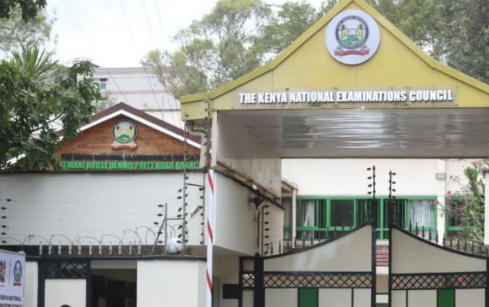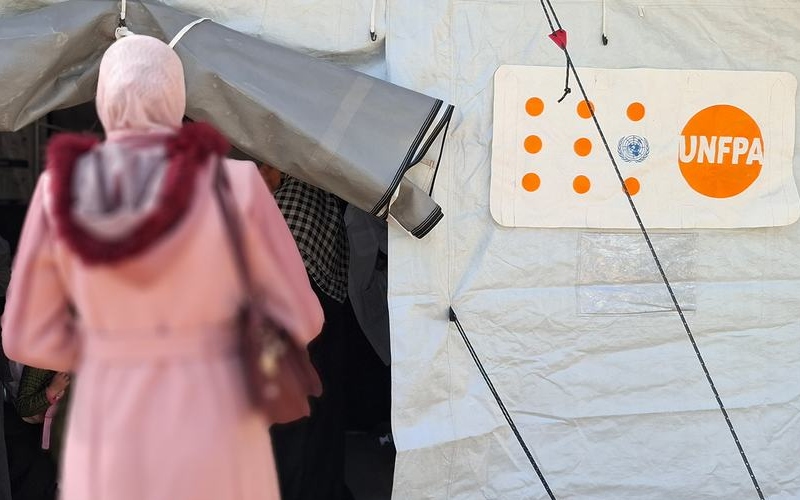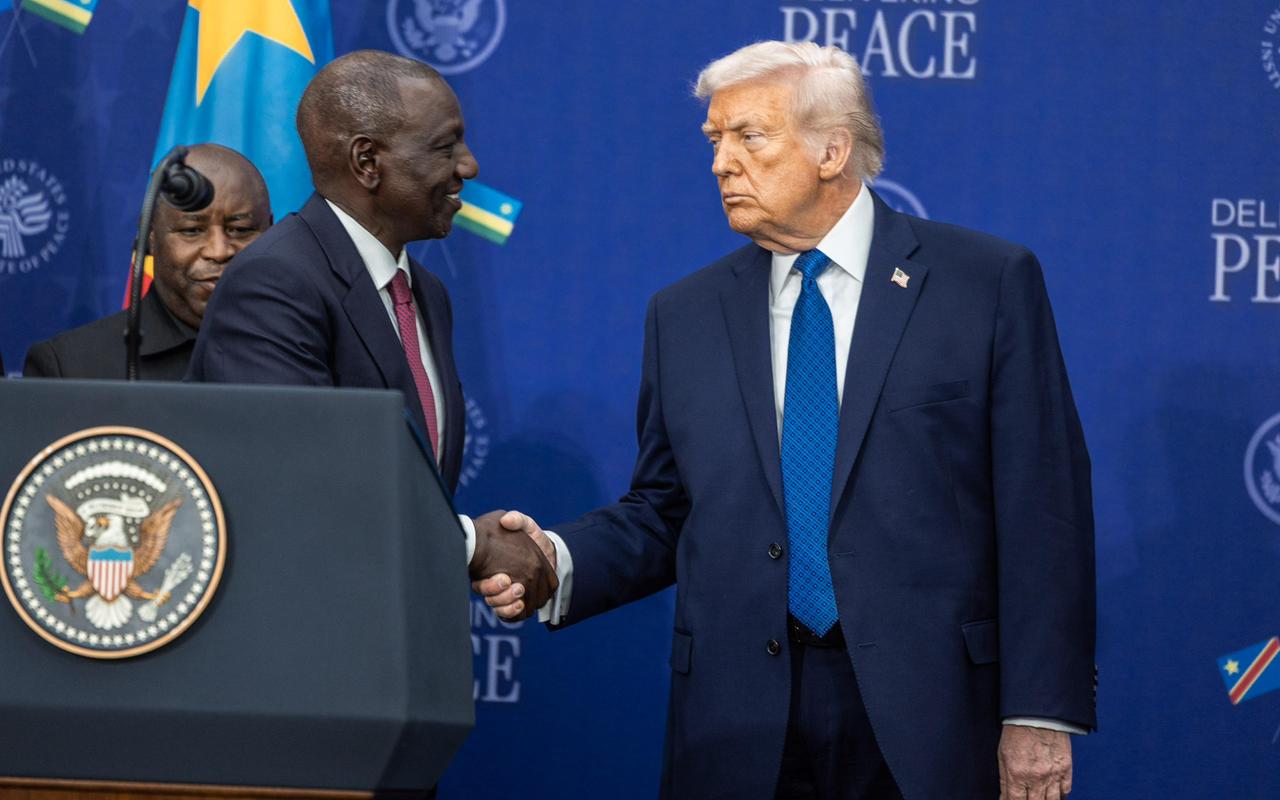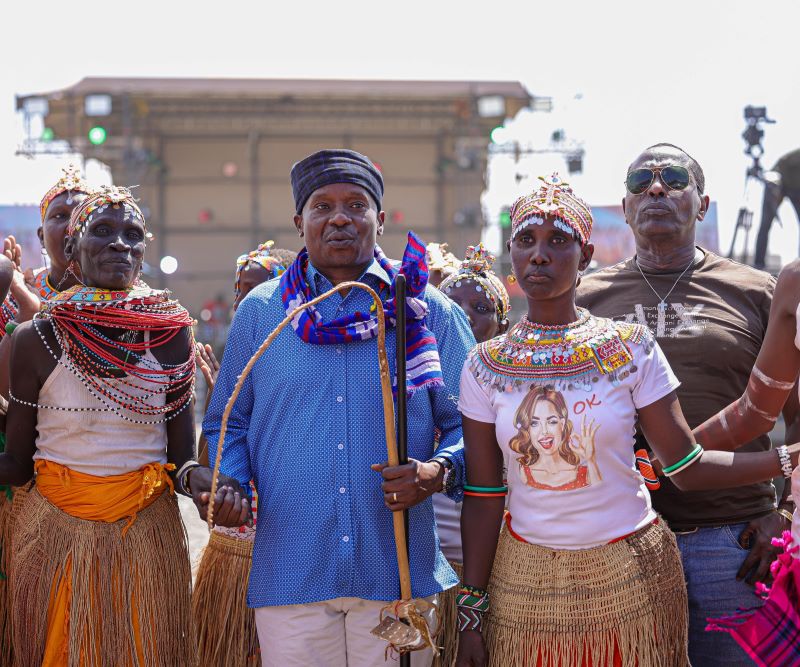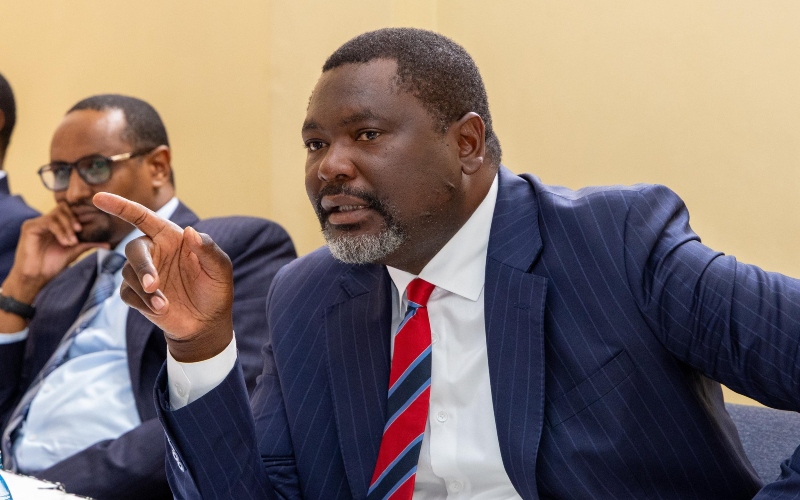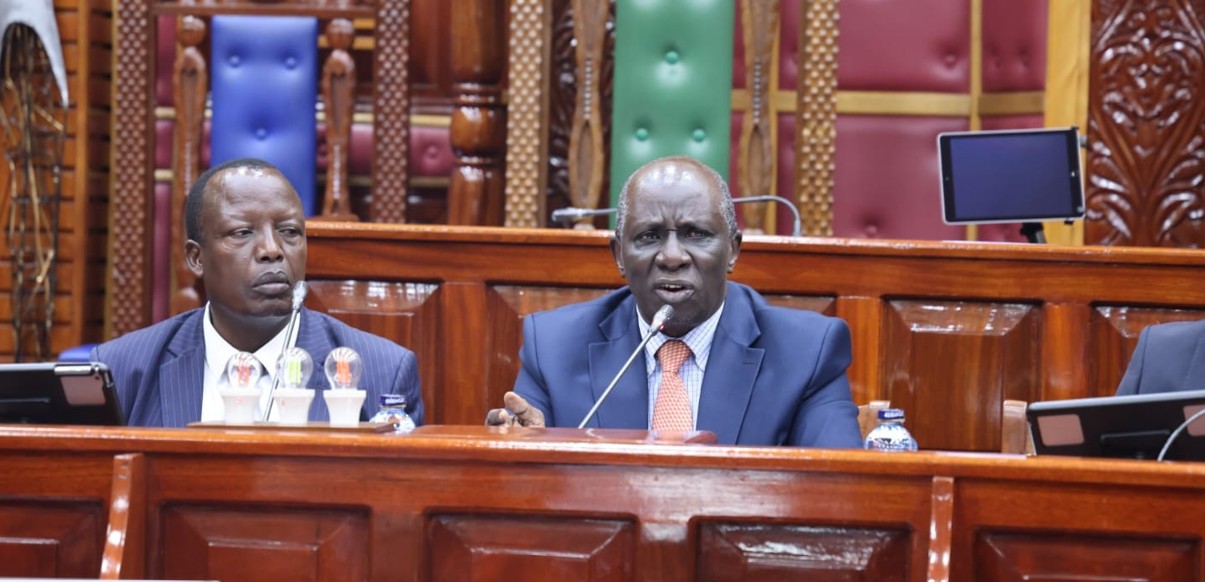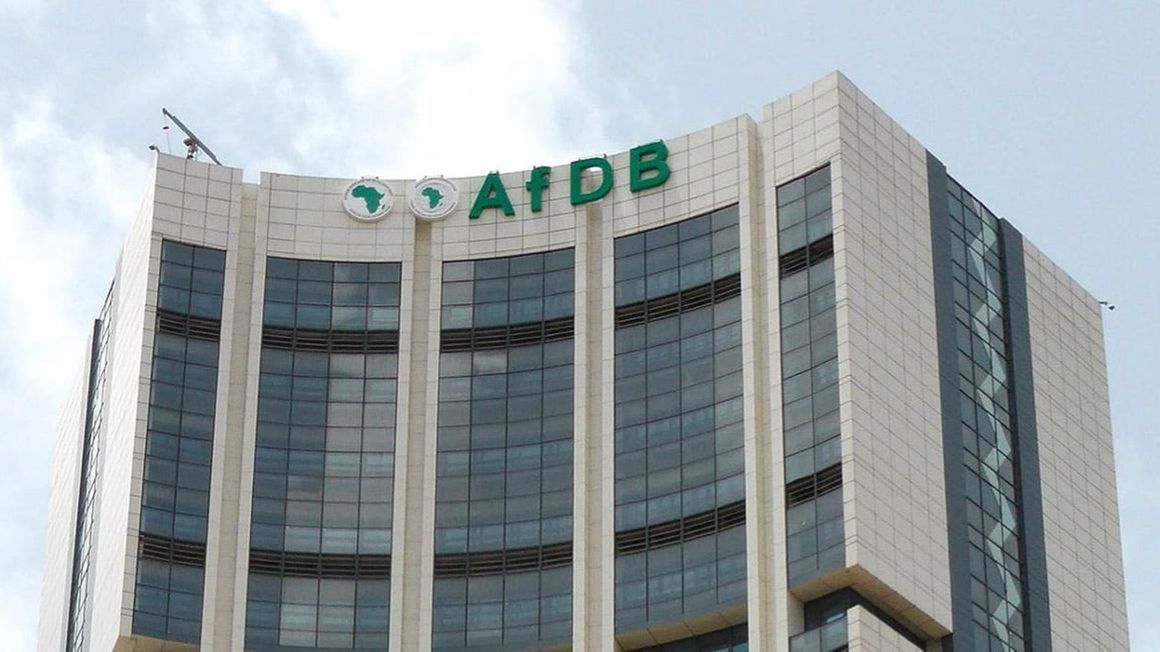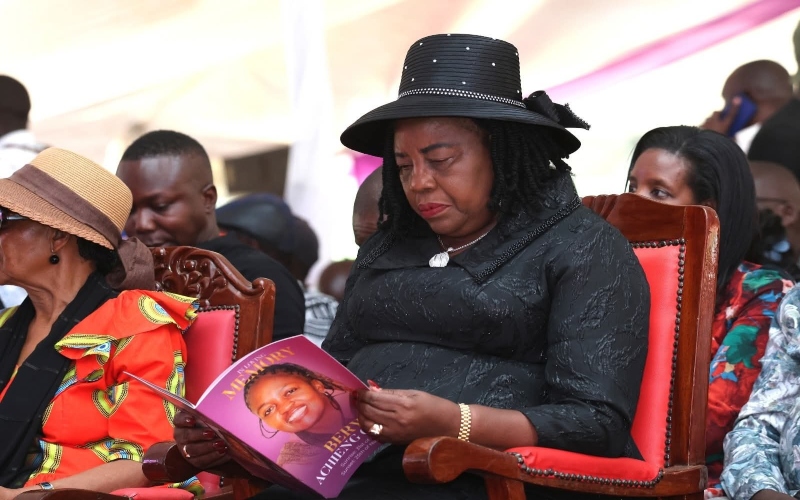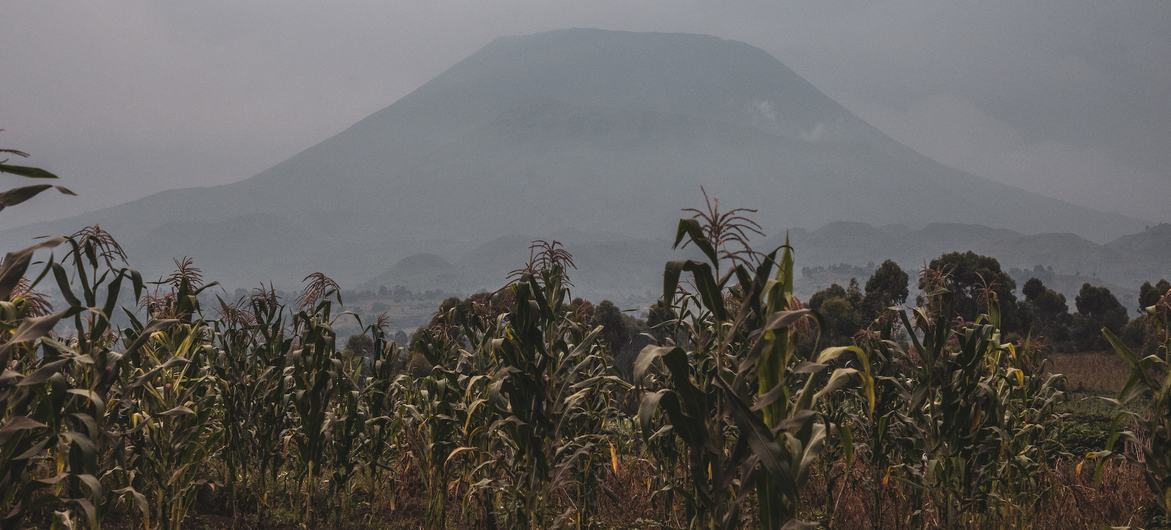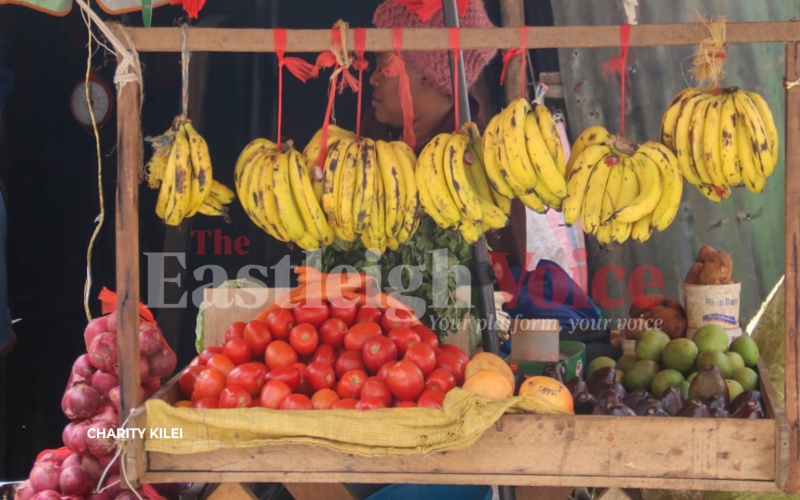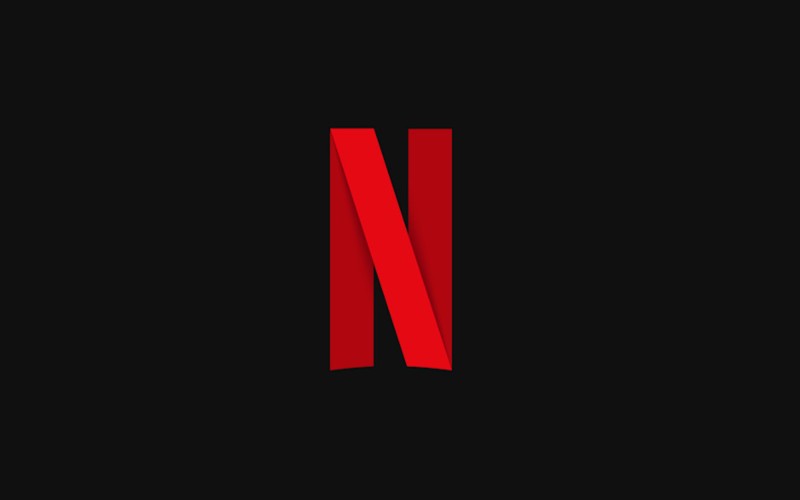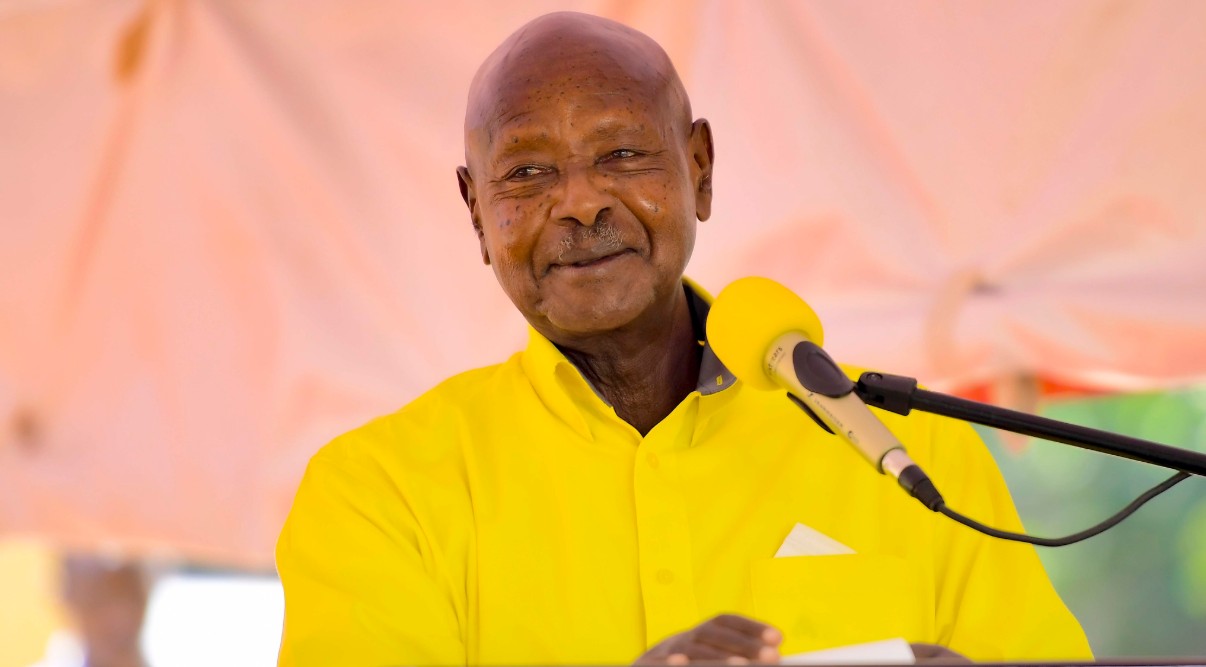Aid cuts to force Kenya, other African governments to rethink development in 2026
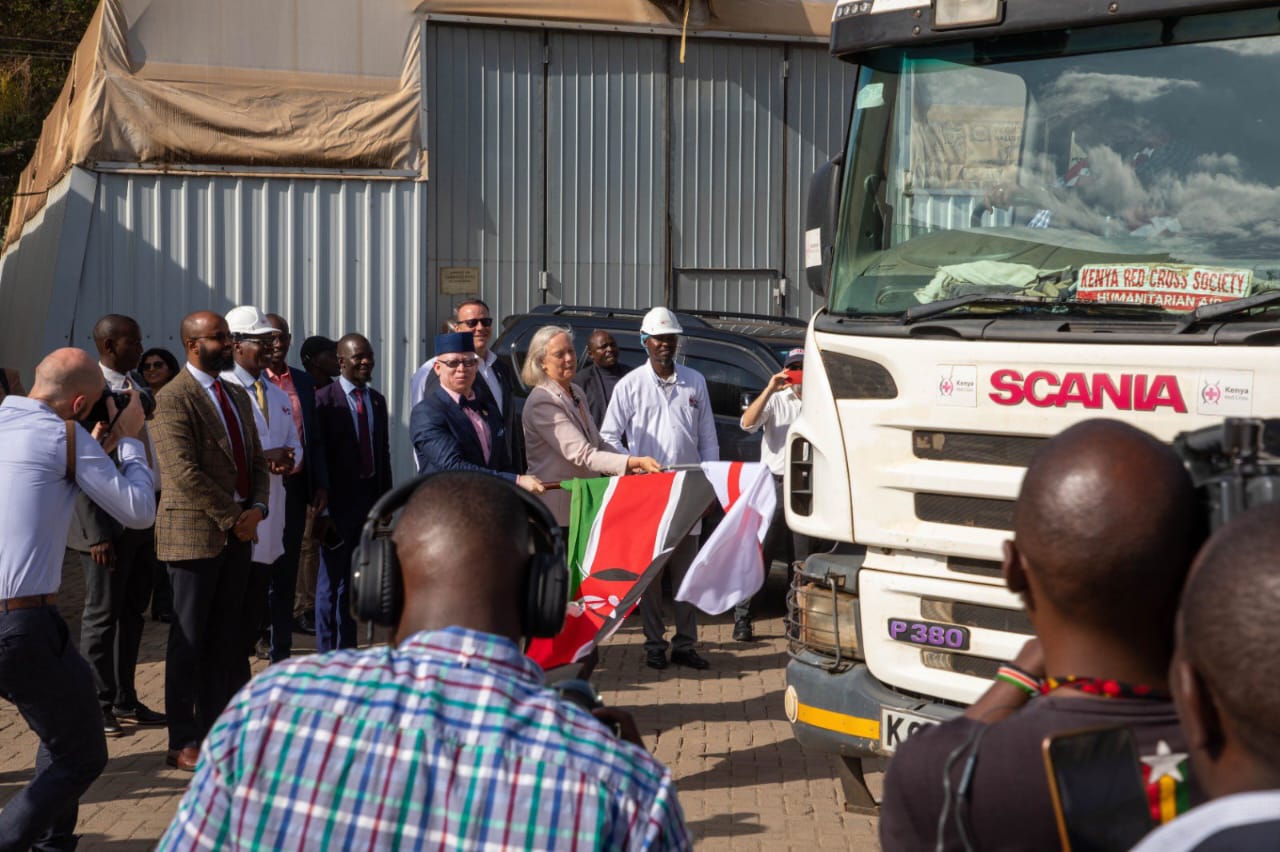
Donor spending by the 17 largest Western nations could fall more than 25 per cent compared with 2024.
The global reduction in foreign aid is set to hit African countries hard in 2026, as cuts from the United States and Europe force governments to rethink development priorities and increasingly turn toward Asian partners.
According to a recently released report, The Economist: The World Ahead 2026, donor spending by the 17 largest Western nations could fall more than 25 per cent compared with 2024, leaving vulnerable populations in countries such as Malawi, Liberia and Ethiopia at particular risk.
More To Read
- UN’s humanitarian work is ‘underfunded, overstretched, and under attack’
- Shocking audit reveals weak oversight in Kenya’s Sh2.5 billion donor-funded projects
- Kenya to only approve donor projects with secured funding, aligned to national priorities - Treasury CS Mbadi
- Taxpayers lose Sh4.8 billion to interest payments on delayed donor projects - report
- Africa scrambles to fill donor void as health and research leaders meet in Nairobi
- FDA approves groundbreaking twice-yearly HIV prevention shot
Economists predict that bilateral aid cuts could exceed one per cent of gross national income in some countries, straining already limited government budgets and prompting a reassessment of long-standing dependence on Western support.
“The gap cannot be filled,” Seramila Teddy, governor of Sava, a region in north-east Madagascar, one of the world’s poorest areas, said.
He told The Economist that since President Donald Trump dismantled the United States Agency for International Development (USAID), “there has been a really big impact.”
Visiting villages in the region, he said, reveals closed small wooden clinics previously staffed through American aid.
According to the Organisation for Economic Co-operation and Development (OECD), Sub-Saharan Africa will be the worst-affected region.
Countries heavily dependent on aid, including Malawi, Liberia and Ethiopia, might face severe fiscal pressures, while larger economies such as Kenya, Nigeria and South Africa may feel limited macroeconomic effects.
However, Kenya has nonetheless seen immediate consequences in key social programmes. Funding cuts have led to the abrupt suspension of drop-in centres for community-based HIV monitoring and prevention under the US President’s Emergency Plan for AIDS Relief (PEPFAR). The country’s refugee population has been particularly hard-hit, with severe food and medicine shortages prompting the introduction of a “differentiated assistance” system that prioritises the most vulnerable.
Organizations such as the World Food Programme (WFP) have also reduced or eliminated food rations and cash assistance in camps like Kakuma and Dadaab, fueling hunger, malnutrition among children and social tensions.
Between 2020 and 2025, USAID contributed roughly $2.5 billion in foreign assistance to Kenya, about $470 million per year, with 80 per cent allocated to health-related programs, highlighting the scale of the cuts.
Economists now estimate that US budget cuts could put millions of lives at risk globally, with rations already being cut in refugee camps and donor-funded health services grinding to a halt in several regions.
While donors such as Bill Gates have pledged to donate “virtually all” of their wealth by 2045, mainly in Africa, and Gulf countries are expected to increase support for humanitarian crises, experts caution that neither philanthropists nor emerging middle powers are likely to fully offset the shortfall.
It notes that China, for its part, has shown little interest in replicating Western-style aid, opting instead for trade and infrastructure projects.
This, economists say, the aid shortfall is already prompting African governments to look east.
“Much of the rich world has turned its back on Africa,” Ore Ogunbiyi, Africa correspondent at The Economist, wrote.
China has moved to position itself as a reliable partner, pledging to waive most import tariffs for African countries following U.S. tariff increases.
According to the report, exports from China to Africa reached $141 billion in the first half of 2025, a 26 per cent rise from the same period in 2024. Chinese companies have also reshaped African industries. The report acknowledges that around half of smartphones purchased in Africa are made by Transsion Holdings, while imports of Chinese solar panels grew 60 per cent in the year to June 2025, providing cheaper and more reliable energy; and fintech firm OPay, backed by a Chinese billionaire, has maintained uninterrupted service when other apps fail.
“There’s nothing manufactured in the West that the bulk of African consumers can afford,” Francis Dufay, CEO of online marketplace Jumia, said.
Economists say Japan and Gulf countries are also increasing economic engagement, while Singaporean firms are reshaping agriculture and food processing. Additionally, young Africans are increasingly looking east for education and employment, with cultural influences such as South Korean TV dramas and Mandarin-language courses further shifting perspectives.
“While China’s expanding presence carries echoes of neocolonial influence, Africa is finding value in turning east as Western support wanes,” reads the report.
The Economist notes that this pivot may force African policymakers to take greater responsibility for modernising their countries, although transformative change may depend on the emergence of a new generation of leaders.
Top Stories Today
